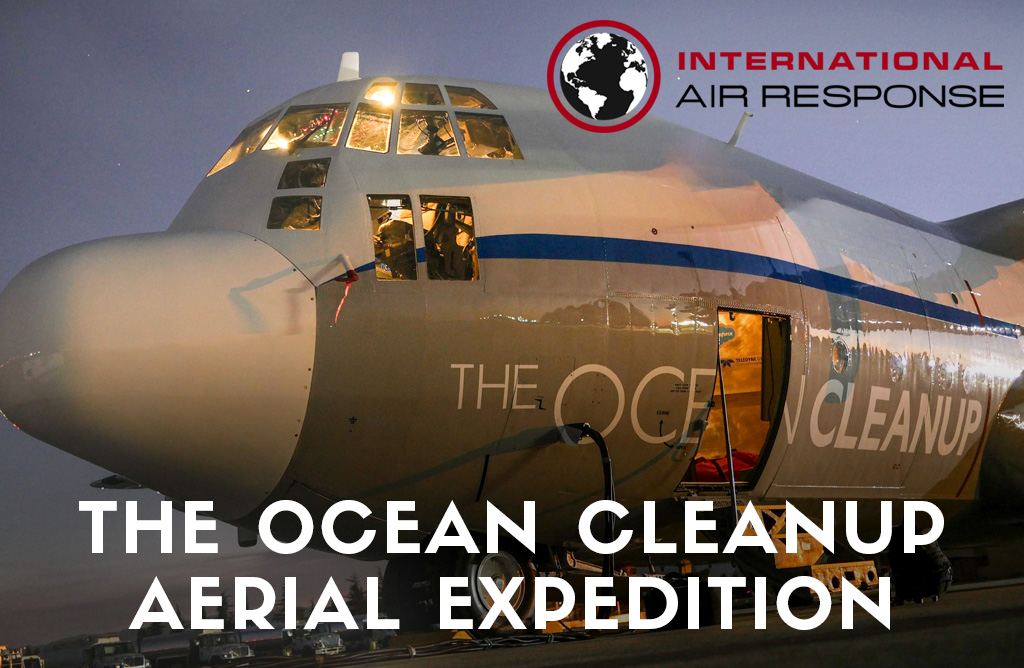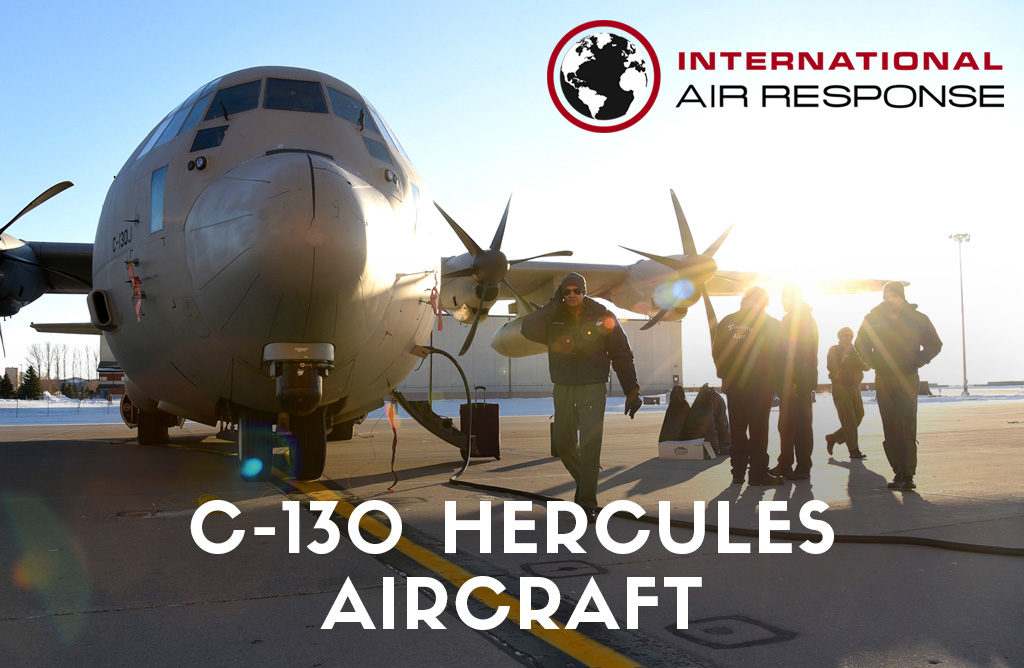The world-renowned Aerial Expedition was an Ocean Cleanup mission that involved a string of aviation surveys and explorations around the Great Pacific Garbage Patch. The operation started in the 26th of September back in 2016 and lasted for 11 days with the goal of finding exactly how much of the ocean’s largest and most dangerous waste, unused fishing equipment known as ghost nets, are present in the area. If Ocean Cleanup’s Aerial Expedition managed to quantify the immense waste, it would finally provide the world a clear picture of the extent of the plastic problem that has plagued our oceans for decades.
A Bird’s eye view of the Ocean plastic problem
To successfully rid the Great Pacific Garbage Patch from all of the world’s waste, a thorough knowledge of its dimension is essential. Because if you can accurately measure and identify the entire plastic deposit floating in the patch, you can effectively come up with the optimum clean up systems, what it will take to transport the waste from the ocean to back to land, the possible means to reuse and recycle the debris, and the financial requirements of such a huge and important undertaking.
Ocean Clean-up was able to gather all the vital information needed to answer all the lingering questions on how the world can successfully clean the GPGP of its enormous mass of accumulated filth in 2015 through its Mega Expedition. It took roughly 30 ships to get the job done and the result was the first ever detailed mapping of the notorious plastic accumulation zone, which sits between Hawaii and California.
The extent of ocean plastic was originally measured through the use of nets that were roughly just a meter wide. Such a method quantified only a tiny fraction of the entire scope of ocean plastic and it clearly was not enough as it fails to take into account bigger debris that the meter-wide nets simply cannot accommodate.
It was clear that a wider expanse had to be covered to arrive at a more precise measurement of plastic waste that included larger pieces. For this reason, the Mega Expedition utilized huge trawls to come up with a new calculation that would encompass bigger plastic pieces as well. The results were much better this time but it was still not the full account of the entire amount of plastic sitting in the area as Ocean Clean Up knew completely well that trash can be so much bigger in size. To fill out the need, the Aerial Expedition was launched.
Ocean Cleanup’s Aerial Expedition was designed to capture the most precise measurement of the ocean’s largest and most destructive debris. It was only possible if an even bigger sector was covered and henceforth the world witnessed the first-ever flight reconnaissance mission on an ocean garbage area.
How the Aerial Expedition was made possible
The Aerial Expedition was a celebration of man’s greatest technological innovations and its undying pursuit of truth and knowledge. 10 researchers, 3 sensor technicians, and 7 navigational crew, manned the colossal C-130 Hercules aircraft, named Ocean Force One, that glided close to the ocean at speeds of 140 knots at an altitude of 400m. State-of-the-art sensors made an accurate estimate of the size and weight of the objects that were detected from above.
The Discovery
What Ocean Cleanup’s Aerial Expedition and its crew of specialists aboard the C-130 Hercules aircraft discovered was extremely troubling. Approximately 88 tons of plastic of varying forms and sizes (primarily Polyethylene and Polypropylene based) are amassed in a patch of ocean that is roughly twice the size of Texas.
What’s more, there is an extremely high presence of microplastics which accounts for most of the calculated 1.8 trillion pieces of debris floating in the Great Pacific Garbage Patch. And what’s even more alarming is that the accumulated trash continues to grow at an exponential rate since it was first discovered in the 70’s. The Aerial Expedition also discovered that more than 90% of the build-up is composed of debris that is bigger than 5mm.
The findings from Ocean cleanup’s Aerial Expedition along with the Mega Expedition was published in Scientific Reports back on March 22 this year in 2018.



Leave A Comment